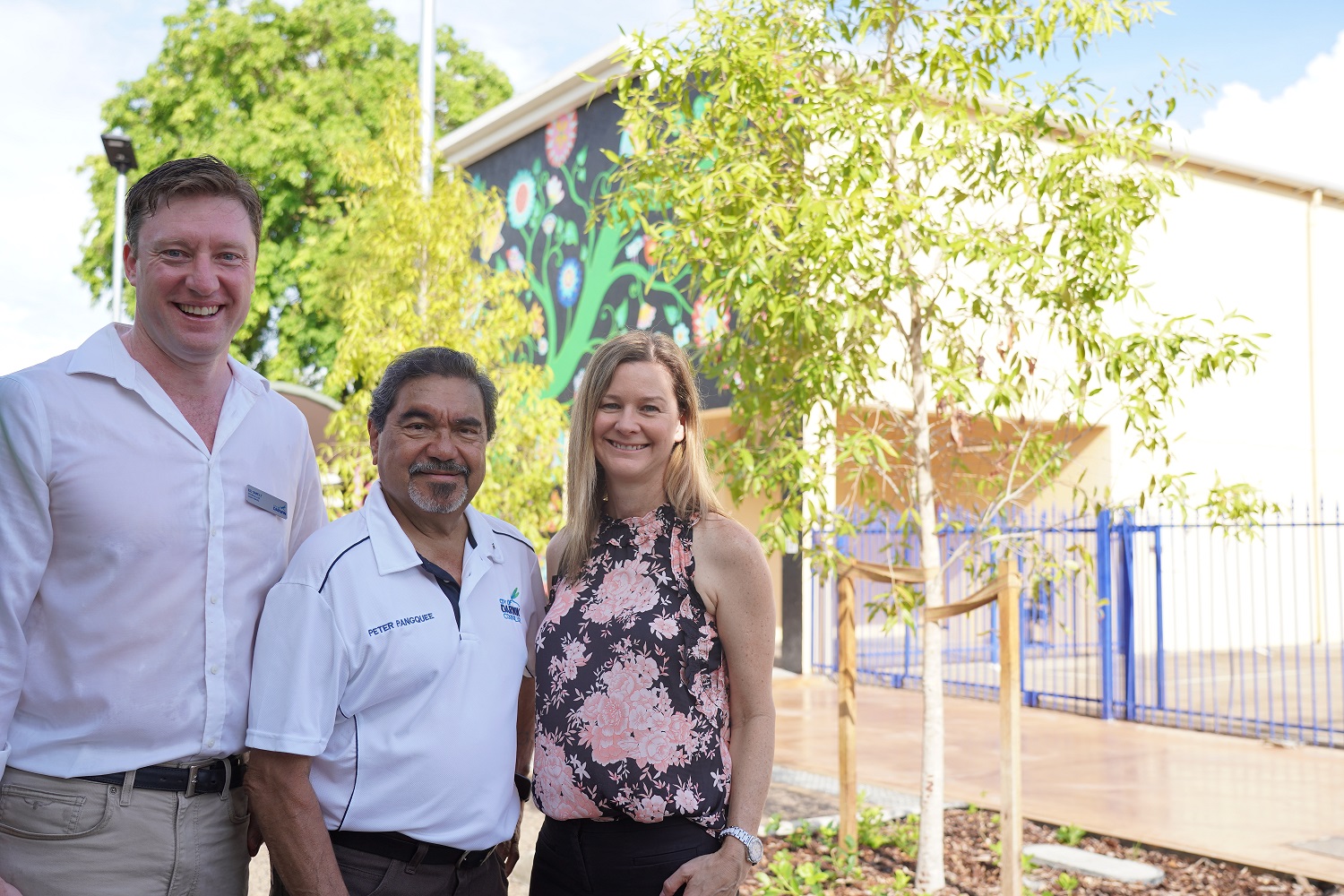What do heart cells and plant cells have in common? Quite a lot actually! For of ‘Science is here’, host Barry Fitzgerald chats with PhD researchers Maritza Rovers and Jordy van Asten about their research on plant cells and heart cells. Hear how deciphering their inner workings could lead to ‘fitter crops’ and newly regenerated heart tissue.
Take a look at the living world around you. People, cats, dogs, insects, plants, and more besides are all made up of biological cells. All of these cells have a membrane, contain DNA, and are home to ribosomes, but depending on where the cells are located in an animal or plant, the cells perform different tasks. However, that doesn’t mean that the cells in different species don’t have similar experiences.
For example, take heart cells and plant cells. They might be found in different species and exist in different environments, but they have some things in common. They both experience forces and mechanical stresses, they rely on communication with similar cells around them, and they both form layers whether in heart valves or in plant structures. And at TU/e, we have researchers working on heart and plant cells who recognize these similarities.

Crop breeding and heart valve regeneration
In of the English-language podcast Science is here, host Barry Fitzgerald speaks to PhD researchers Maritza Rovers and Jordy van Asten (both based in the department of Biomedical Engineering) about their work on plant and heart cells respectively.
Rovers’ research is related to crop breeding. Changes in our environment due to human activity and our increasing population means that there’s an urgent need for crops that can survive our ever-changing environment while also being nutritious.
Van Asten’s is working on the regeneration of new functional tissue to replace diseased tissue in the heart. For tissue engineering, cell-cell signaling is very important, and if we can decipher the chatter between cells and control it, it might be possible to tell cells how to grow new tissue to replace diseased tissue.
Science communication and FameLab
In addition, both Rovers and van Asten have been contestants in . They talk about the importance of science communication, their experiences from entering the FameLab science communication competition, and what they hope to achieve in science communication in the future.
Listen to the full conversation between Maritza Rovers, Jordy van Asten, and host Barry Fitzgerald in the player below. Of course, you can also listen to the podcast episode on your favorite podcast platform and search for ‘Science is here’. And don’t forget to subscribe to the channel so that you receive immediate notifications once new episodes are available!




